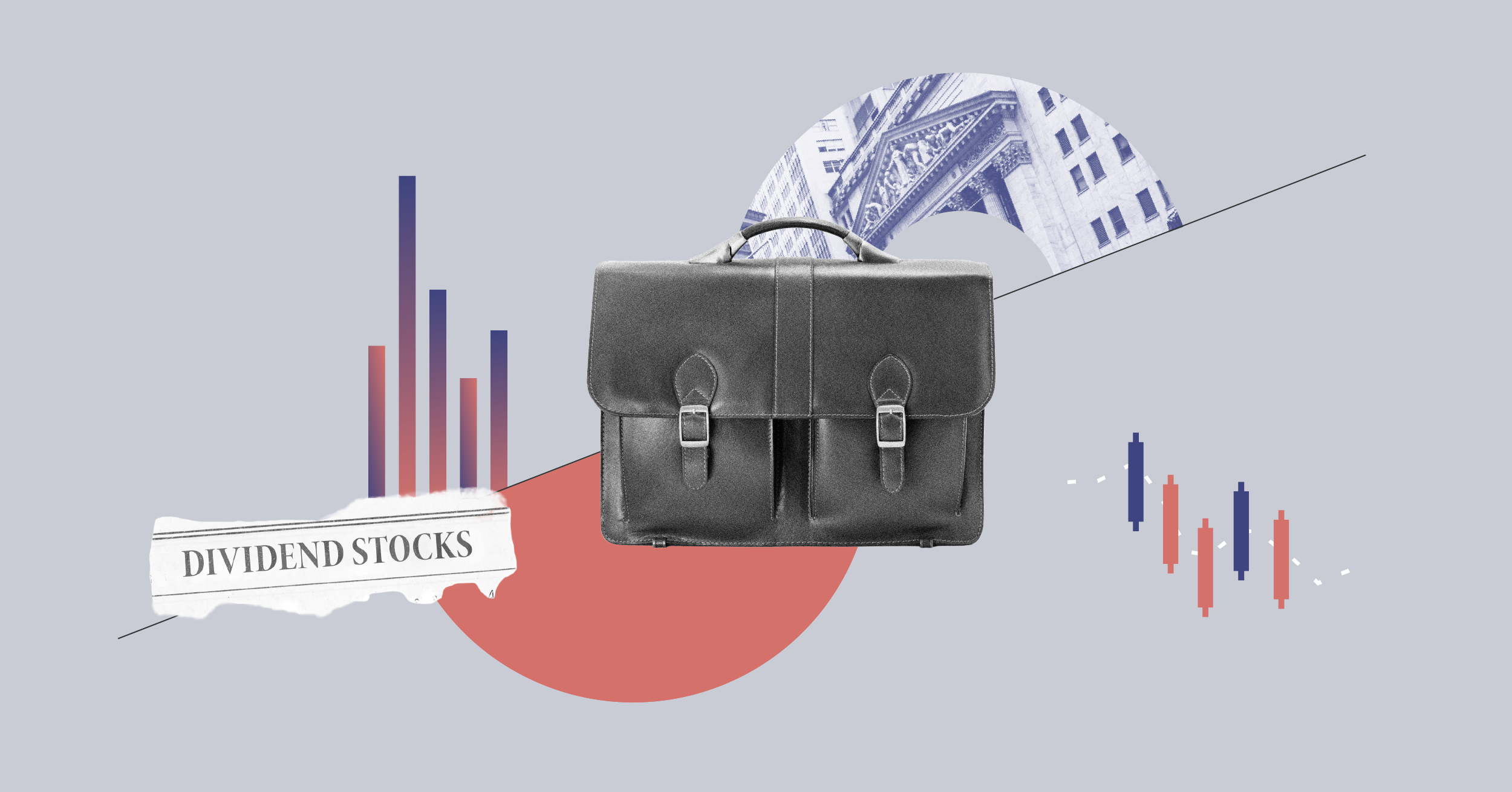On March 4, the US implemented tariffs on Canadian lumber and wood products of 25%. This 25% tariff is in addition to the current 14.54% countervailing duty on lumber imports from Canada, bringing the total to almost 40%. For years the US has accused Canada of producing artificially low-priced lumber because timberland in Canada is largely owned by the government and it sets the stumpage fees. The US has argued that Canadian lumber producers benefit from artificially low timber prices while US producers pay market price for timber. The most recent policy for countervailing duties on Canadian lumber was set by the US in 2019 and revised to 14.52% in August 2024, with revised duties set for August 2025, where many expect a significant hike. It’s not clear yet if the new tariffs will last a few days, weeks, months, or longer, but prolonged tariffs and the expected increase in countervailing duties later this year could drive significant increases in lumber prices. While tariffs could have an adverse effect on lumber producers, we are leaving our fair value estimates in place.
Show me how fair value is derived (00:41)
Morningstar calculates the fair value estimate of a company based on a projection of how much cash the company will generate in the future. Morningstar analysts create custom industry and company assumptions to feed income statement, balance sheet, and capital investment assumptions into a proprietary discounted cash flow modeling template. Scenario analysis, in-depth competitive advantage analysis, and a variety of other analytical tools are used to augment the discounted cash flow process. The analyst discounts future cash flows using the weighted average of the costs of equity, debt, and preferred stock (and any other funding sources), using expected future proportionate long-term, market-value weights.
The Morningstar Fair Value Estimate is a projection/opinion and not a statement of fact. If Morningstar's base-case assumptions are true the market price will converge on Morningstar's fair value estimate over time, generally within three years. Investments in securities are subject to market and other risks. Past performance of a security may or may not be sustained in the future and is no indication of future performance.






:quality(80)/cloudfront-us-east-1.images.arcpublishing.com/morningstar/I6ISQOGTJRH3LOWDGQ3BZHZNPM.png)
:quality(80)/cloudfront-us-east-1.images.arcpublishing.com/morningstar/6KKMQBWVEVDFFO2MX2C5IJC3BI.png)






